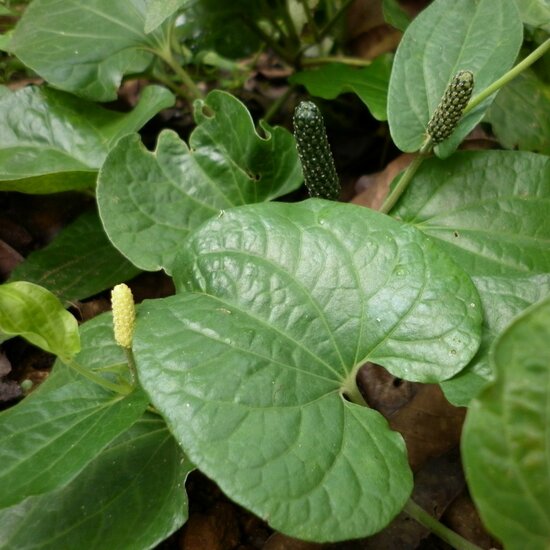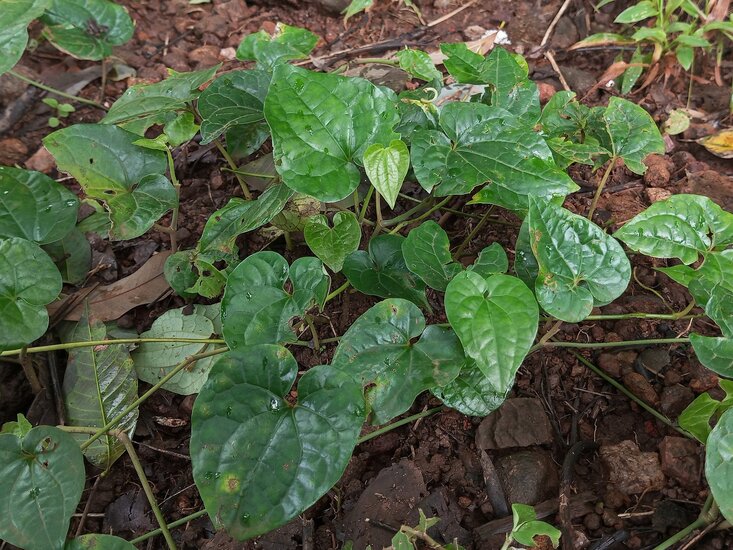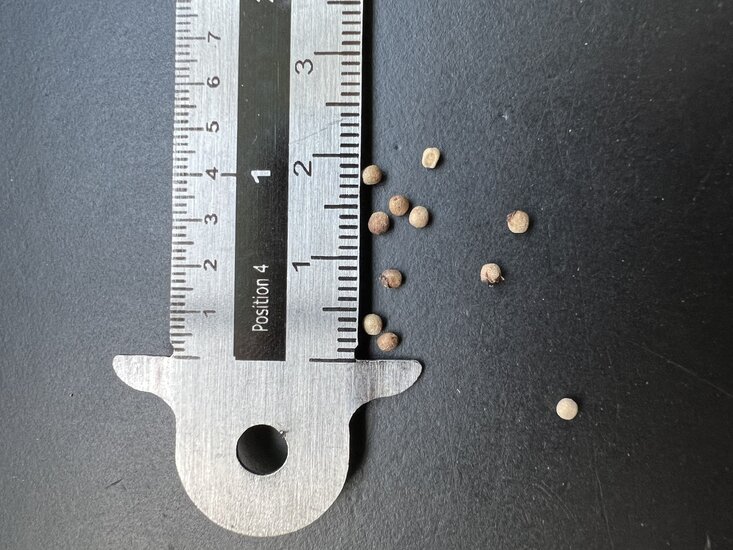Do you have a question about this product?
Ask us your question








Product description
The dried fruits of this pepper species are used in many Southeast Asian cuisines. Especially in India, Nepal, Indonesia and Malaysia, where the species also occurs naturally. The flavour is similar to black pepper, but sweeter and less pungent. They are actually very small fruits that develop by dozens in elongated structures 3 cm in size. These can be picked when dark green in colour (and thus not quite ripe) and dried for 4 to 5 days before consumption. Using a file or fine grater, the pepper can then be added to a dish as desired.It is a climbing plant that can grow up to 6 metres tall in the tropics. The leaves are heart-shaped and up to 10 cm in size. There are male and female plants, with the female plants giving fruit. This also happens without pollination, so 1 female plant is sufficient. The species is tropical, so it can be grown as a houseplant or in a heated greenhouse. Make sure it has a bright spot without direct sunlight and well-drained soil.
Sowing description: Soak seeds in lukewarm water for 24 hours, then sow shallowly in sowing soil at 25-30grC. Keep soil constantly slightly moist and allow to germinate in a light location. Germination is irregular and can take several weeks to months.
Product specification
Family:
Piperaceae
Scientific name:
Piper longum
Common name:
Long pepper / Pippali
Native to:
Southeast Asia
Sowing time:
All year round
Difficulty level:
Challenge
Minimum temperature:
10 degrees Celsius
Do you have a question about this product?
Ask us your question
Product specification
Family:
Piperaceae
Scientific name:
Piper longum
Common name:
Long pepper / Pippali
Native to:
Southeast Asia
Sowing time:
All year round
Difficulty level:
Challenge
Minimum temperature:
10 degrees Celsius
Add review
Write a review about this product.
Reviews
View all reviews from our customers below
4,0
on the basis of 1 reviews
Unfortunately the seeds never sprouted, but this is due to the complexity of making them sprout.
I recommend buying from them



